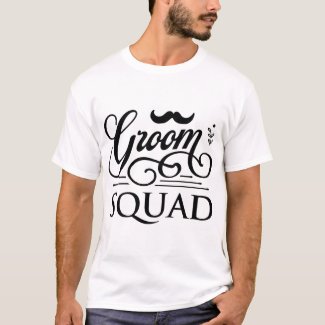Shopping for glasses for your child or teenager can be a little confusing, especially when they have ideas of their own over what styles they might like to see when they look in the mirror. Should you listen to their desires to own red glasses or blue glasses or yellow glasses? Should you go for as plain a look as possible? It’s going to take a little thought to help decide which glasses are going to tick all the boxes in terms of keeping your child happy and which glasses are going to fall in line with your own expectations.
Consider the lens thickness
Different prescriptions can help you to decide over the style of frames. For example, where your child’s glasses prescription is for thick lenses, a thinner frame can help to balance things out, whereas a thick frame in this scenario may have the effect of making the lenses look even bigger. There is also the potential for thicker frames to distort the edges of your child’s field of vision when paired with thicker lenses, which is another reason to steer towards a thinner frame when dealing with a thick lens prescription.
Consider face shape
It’s up to you as to whether you want to discuss your child’s face shape with them, but due to the fact that very few face shape sounds particularly appealing, the labels may create concerns over self-image, so tread lightly (for example, descriptions such as ‘triangle face’ or ‘rectangle face’ or ‘diamond jaw line’ may lead to sensitive children looking at their reflection and contemplating their image!). However, this is nevertheless something that you should consider. You will find much online discourse about glasses and face shape, but as a general rule of thumb, remember the rule of opposites: rounder faces work well with a more noticeable geometric frame shape with perhaps a thicker browline frame, and more angular faces are softened with rounded lenses and thinner frames.
What about lightweight plastic frames?
Eyeglasses frames come in a range of materials. When we think of glasses frames, most of us tend to imagine the cold touch of metal against the bridge of our nose and hooking over our ears. However, that may be more of a mature supposition over the materials used in glasses construction than we should perhaps lean towards when it comes to the materials that may be more suited to frames for active children.
Lightweight plastic frames are stronger than you think, and present you with an option that can withstand the very physical trials and tribulations of being an everyday item that is owned and handled by a child. While metal frames may appear more robust at first, bent frames can be expensive to replace, whereas plastic is more likely to bounce off hard surfaces unharmed. Where the plastic does become damaged, the cost of replacing the frames is likely to be cheaper than paying for replacement designer metal frames. Look into your options and speak to your optician if you are unsure about plastic frames.













No comments:
Post a Comment